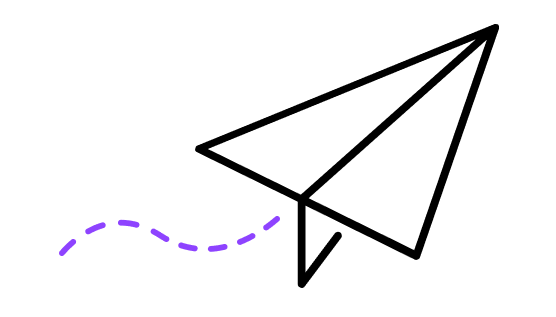Design approach
‘Research, Design and Validation’ combines the best of human-centred design and agile software development. We’ve refined our process into a versatile, repeatable framework for solving today’s business problems.


Services We Offer Australia-wide include:
Design approach
How do we create personas?
For each persona, we define:
- Background
- Behaviours
- Pain points and needs
User personas
User persona is an exercise in visualising ‘the voice of the user’, bringing users to life and connecting them to the work. Personas depict different use cases for your digital product and help to keep users at the centre of the design process.How do we create personas?
For each persona, we define:
- Background
- Behaviours
- Pain points and needs
Design approach
Usually a workshop-based activity, post-it notes are added to quadrants corresponding to:
- What did the user SAY
- What did the user DO
- What did the user THINK
- How did the user FEEL
Empathy maps
Empathy maps build upon user personas. Visualising user attitudes and behaviours helps teams align on a deep understanding of end users. The mapping process is useful because it often reveals gaps in existing user data.Usually a workshop-based activity, post-it notes are added to quadrants corresponding to:
- What did the user SAY
- What did the user DO
- What did the user THINK
- How did the user FEEL
Design approach
Journey mapping establishes a clear picture of where the user has come from and what they are trying to achieve.
Journey mapping
User journey maps are a visual way of describing how an individual (user) may interact with your product over time. A journey map depicts the user journey and their relationship with a product or service and across multiple channels.Journey mapping establishes a clear picture of where the user has come from and what they are trying to achieve.
Design approach
An interactive and visual method to facilitate the sharing of research findings and to discuss progress on various aspects of the project. A walk the wall presentation could contain columns representing things like workflow, different types of work, completed work, etc.
Walk the wall
Walk the wall is a narrative way of looking at how a project has developed.An interactive and visual method to facilitate the sharing of research findings and to discuss progress on various aspects of the project. A walk the wall presentation could contain columns representing things like workflow, different types of work, completed work, etc.
Design approach
Tree testing
Tree testing is a usability technique for evaluating the findability of topics and content in a website. Tree testing occurs prior to creating a prototype. It is conducted on a simplified text version of your site structure (information architecture) – without the influence of navigation aids and visual design. Users are provided a ‘real-world’ task and asked to find the relevant page.
Design approach
Storyboarding
A storyboard is a series of illustrations exploring a challenge in a visual, digestible narrative format. Storyboarding helps us to understand how ideas are connected and where there could be possible conflict with a proposed solution. It gets everyone on the proverbial same page by framing ideas into a story.
Design approach
- Be open-minded and withhold judgement
- Jettison the mundane. No idea is too bold or wild
- Steer clear of ‘buts’, instead use ‘what ifs’ and ‘what elses’
- Write and draw. Seeing ideas laid out can spark new ideas
- Maintain focus. Remember the goal of the project/desired outcome
- Avoid off-topic tangents. Have one conversation at a time
Brainstorming
Bring people together to inspire creative thinking, explore new ideas and expand on existing ideas in a quick session. BRAINSTORMING RULES- Be open-minded and withhold judgement
- Jettison the mundane. No idea is too bold or wild
- Steer clear of ‘buts’, instead use ‘what ifs’ and ‘what elses’
- Write and draw. Seeing ideas laid out can spark new ideas
- Maintain focus. Remember the goal of the project/desired outcome
- Avoid off-topic tangents. Have one conversation at a time
Design approach
Prototyping
A prototype is a tool used to test usability as well as to provide stakeholders with a tangible aid to decision making. A clickable prototype is a mockup of a digital product that looks like the finished product, and illustrates key user activity flows identified throughout the discovery process. A prototype should always aim to answer the question posed and communicate ideas in a tangible way.
Design approach
Lean user testing
Conduct’s maxim is ‘just enough research’. The key to this is placing a prototype in user’s hands to see how they interact with it. We utilise ‘concurrent think aloud’ and ‘concurrent probing’ techniques to understand the way users are interacting with prototypes and to get further insight into sticking points with the UI design.


